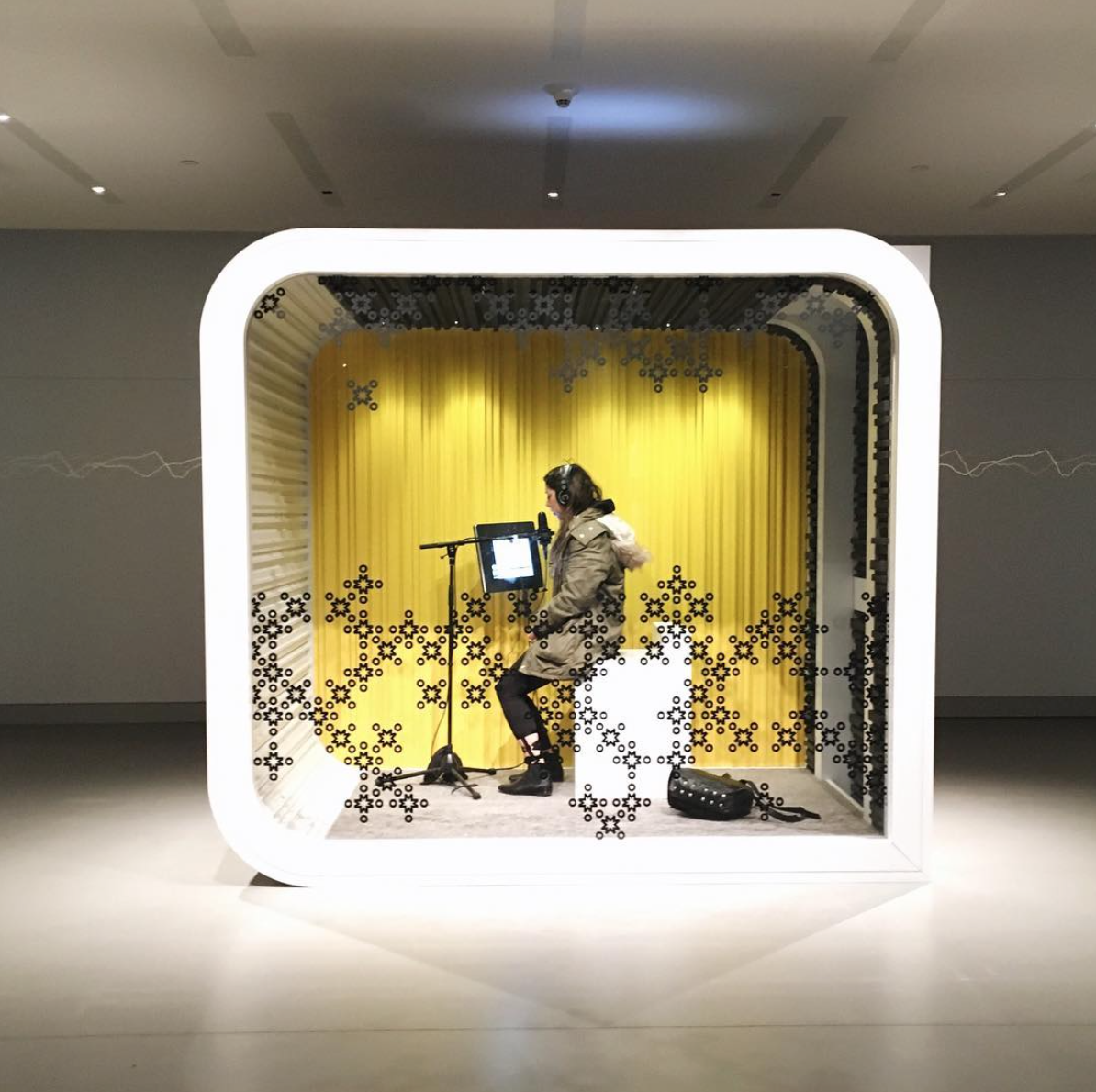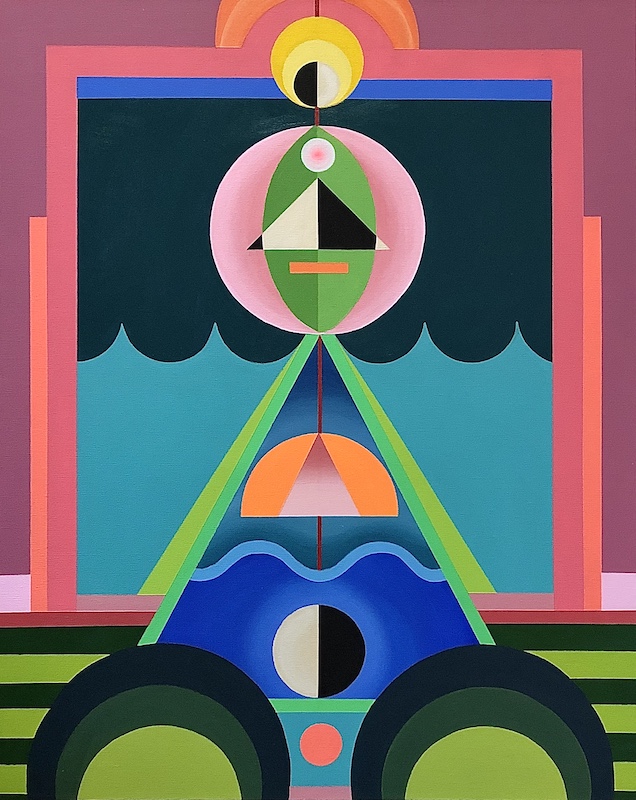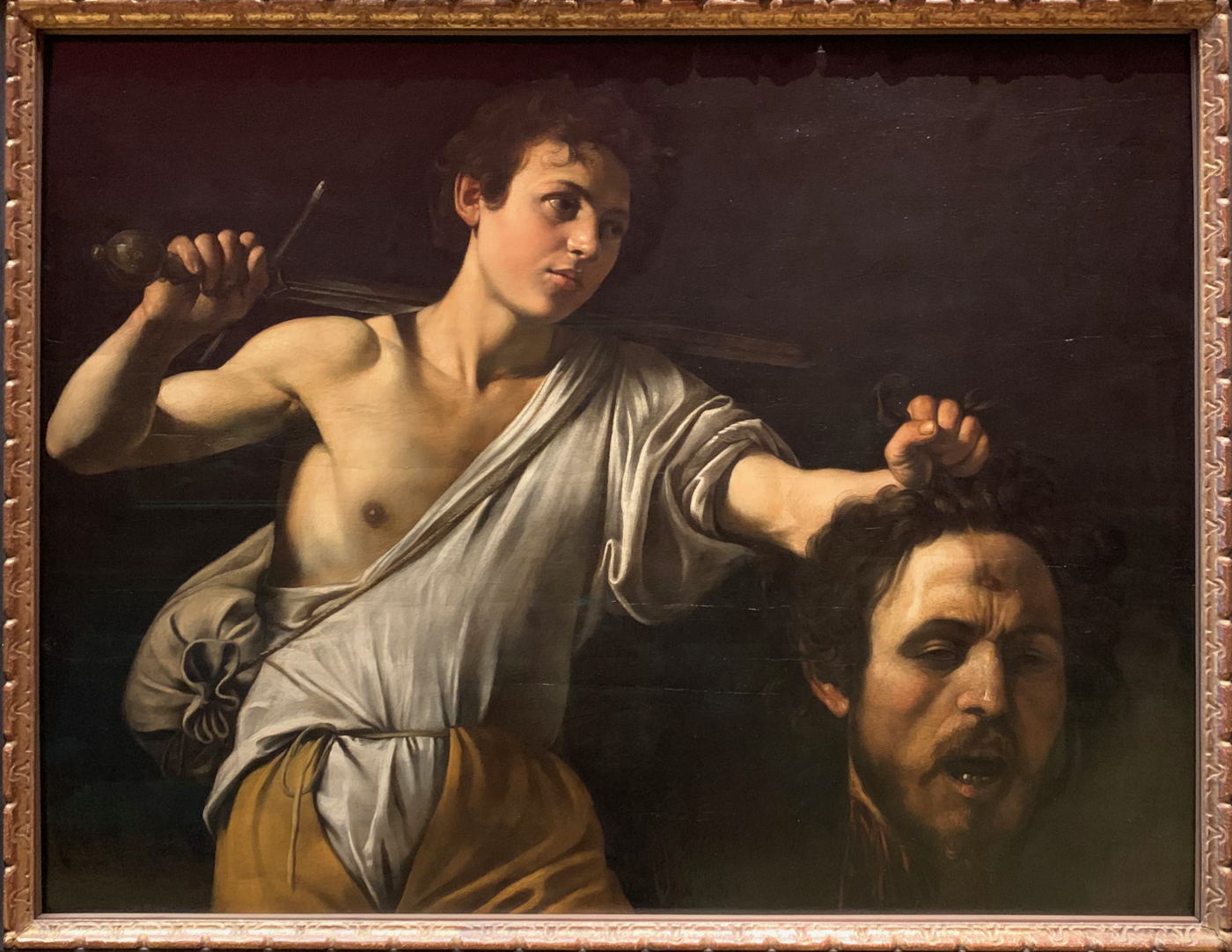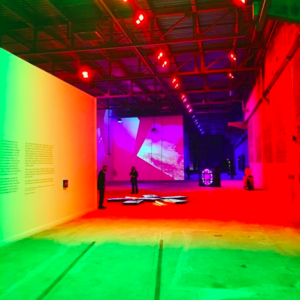As a Curator at the Rubin Museum, Risha Lee is always thinking about cross-cultural connections and the interplay of historical content with the contemporary world. Lee was the assistant curator of South and Southeast Asian art at the Minneapolis Institute of Arts before she joined Rubin Museum. She is known for her research on arts, culture, and politics of the South Asia region.
We talked to Risha about her journey in the art world and exciting exhibitions and events at Rubin Museum. The interactive “OM Lab” encourages people to participate in the new exhibition, “The World Is Sound” by contributing their OM to what will become a collective chant. “The World Is Sound” will open on June 16th.
AZ: How did you start off in the art world?
RL: Growing up in the Bay Area, I was always asking my parents if I could go to the de Young (now called the Asian Art Museum). I was really interested in Asian art from a young age. In college, I worked as a researcher/writer for a travel guide and I went to India. I have been exploring the world ever since. I’ve really enjoyed living in different places, meeting new people, and learning new languages. In my doctoral program, I ended up focusing on the connections between India and China in the medieval period. I researched hundreds of stone temples built by merchants from Tamil Nadu, southeast India, including one that was surprisingly built in Quanzhou, a city in southeastern China! Quanzhou was once the maritime capital of the world.

AZ: Why do you want to be a curator?
RL: I made art when I was younger. But I think at some point I just realized that I really enjoyed talking and thinking about art, in addition to making it.
AZ: Advice for young people who want to break into the art world?
RL: If you’ve already had a passion for the arts, you shouldn’t think too much about it and just explore. You should follow your instincts. I think it’s very important to just be curious, to follow that curiosity, and to explore your unique relationship with the world right now.
AZ: What was your experience at the Minneapolis Institute of Art?
RL: Minneapolis has a very dynamic and thoughtful artistic community. I was inspired by people who are committed to building community through their collective artistic efforts. It was a very supportive atmosphere, and I hope to take this inspiration from Minneapolis to the Rubin.
AZ: Little known fact that most people don’t know about the Rubin?
RL: There is something here for everyone. There is obviously an emphasis on the art of Tibet and Nepal and other connected regions of Asia, but the Rubin can appeal to people who are not necessarily specialists in art in Asia. We are always trying show how our permanent collection and its associated ideas relate to the human experience. For example, “OM Lab” is all about meeting people where they are. Many people know the sound, “OM,” but they may not know about its long history in a variety of Asian religions, historical contexts, and locations. I’m very interested in people learning about how concepts and cultures from Asia t continue to impact and affect the way we live our lives today.

AZ: What inspired you and drew you to curate “OM Lab”?
RL: When I came here two years ago, the Rubin wanted me to curate an exhibition on “sound.” I immediately thought of mantras. In Tibetan Buddhism Mantras (sacred syllables, utterances, formulas, prayers) play a significant role in the religion and“OM” is one of the most important Mantras of all time. The history of “OM” can be traced back to over 3,000 years ago. People think that it contains all the power of mantras.
AZ: This was a good idea for an exhibition, but how do you focus on a single sound in an art museum?
RL: In a conversation with the head of the programming at the Rubin, Tim McHenry, he suggested the wonderful idea of crowdsourcing OM! I thought this idea was fantastic because it invited visitor participation AND it was a faithful way of presenting the mantra and having people experience it firsthand. We also were fortunate to have Guy L. Beck, who is a professor at Tulane University and expert on OM, write the wall texts that give snapshots of OM over its long history. We have collected more than 9,000 voices now, which will be part of the next exhibition, “The World Is Sound.”
AZ: We are very excited to see the new exhibition “The World is Sound” in June. Could you tell us what the visitors can expect from this experience?
RL: We are going to focus on listening. Hearing is different from listening. Hearing is physiological. But listening can be a philosophical way of relating to the world. In Tibetan Buddhism, listening can be an assist the practitioner in attaining liberation in this lifetime. Music is a metaphor for basic condition of reality, which is change and impermanence. If you listen, sound and the sense of hearing can help you to transcend desire and to recognize our interconnected existence. In The World Is Sound we will explore the sonic dimension of objects in our collection, pointing to the fact that they were made to exist in a dynamic multi-sensory relationship with us.
We also have contemporary artists who directly engage with Buddhist concepts through their work. They are interested in how listening can help you to transform your relationship with the world. There are many different and exciting ways that these artists approach these questions.
AZ: How can we follow you?
RL: My Instagram handle is @rklee79 and my twitter is @rishalee.
For more information, visit Rubin Museum.
top image // courtesy of Risha Lee and Jennifer Little



